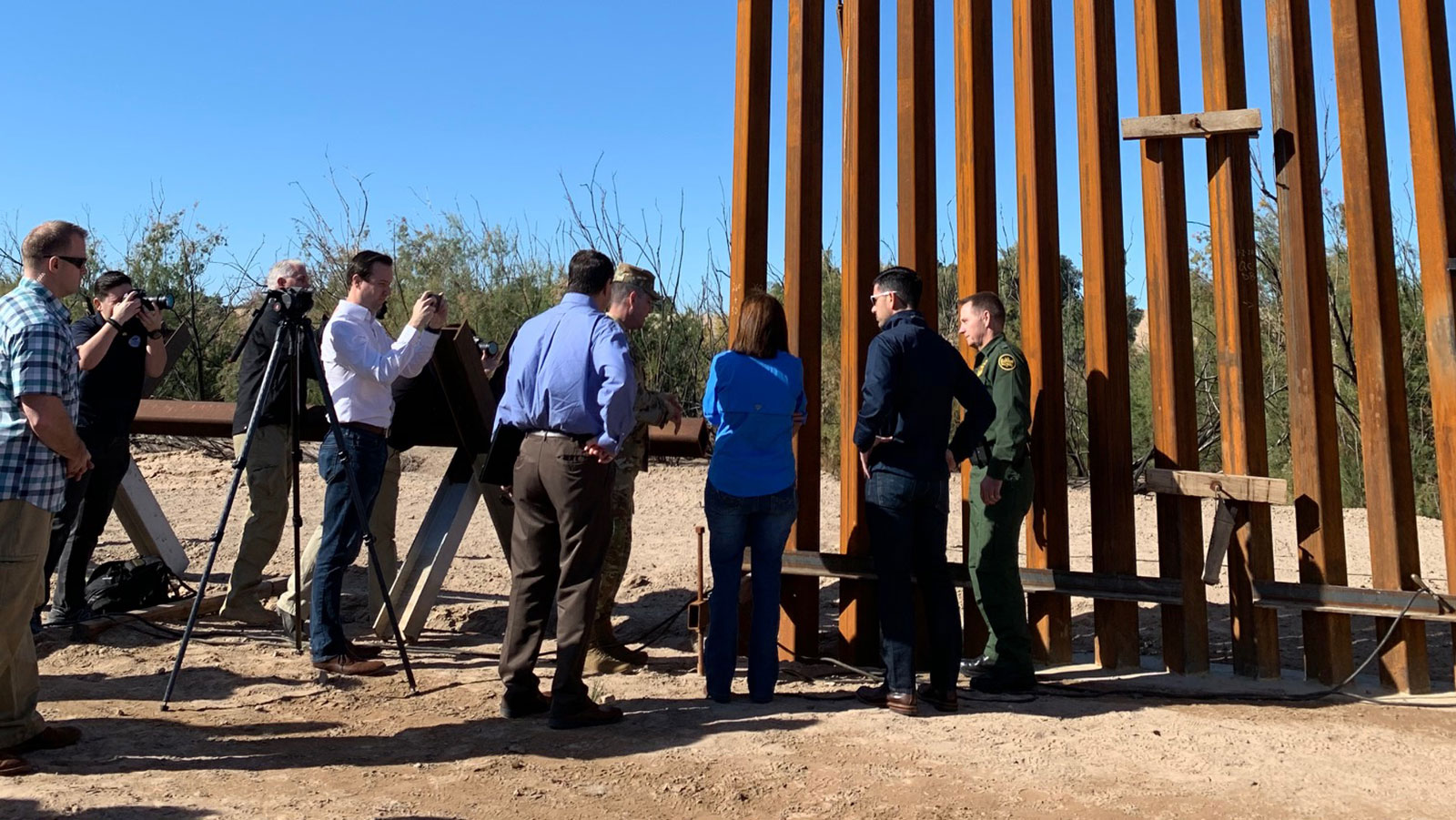
The Trump administration plans to request $2 billion in new funding for U.S.-Mexico border wall construction as part of a $4.8 trillion proposal. Last year, the administration requested $8.6 billion more for the border wall construction; the significant decrease in the money requested reflects that fewer resources are needed to build the wall.
The additional requested money would go toward new sections of the wall that haven’t been planned yet. Additionally, around $3.8 billion from the Pentagon’s Defense Department are planned to fund new miles of the border wall at the request of the Department of Homeland Security.
In 2018, President Donald Trump requested $18 billion to expand the border wall. After Trump’s refusal to accept a $5 billion deal, Congress committed to providing the administration with $1.325 billion. After declaring a state of emergency in February 2019, the administration has gained $6.7 billion which originally was for military construction projects and counternarcotics efforts.
Most of the construction has gone toward reinforcing existing walls rather than the actual expansion. According to U.S. Customs and Border Protection, at the end of January, 104 new miles of fencing has been erected, though only one mile out of the 104 has a constructed wall that was not there previously.
Demolition of land needed to build the wall has raised some controversy, as some private landowners do not want to give up their land to be used for construction. However, the administration is focusing on using mainly federally-owned land for its construction.
The main purpose of the border wall is to prevent cartels from entering the U.S. at the Mexico border and to prevent immigrants from entering the U.S. illegally, or without inspection. While entering the U.S. without inspection carries criminal penalties, living or working in the U.S. without proper documentation is illegal, but not a criminal act.
“My assessment of what I know about immigration and the border is that it’s not the best use of our money,” said sociology professor Dr. Jennifer Buntin, who has led an annual trip to the border wall for the past five years. “We have border patrol and customs that are kind of overwhelmed right now with preventing people who are really just trying to seek asylum coming here. So the resources that could be going to focusing on the cartels and the drug use and those kinds of things are limited.”
With the current immigration system, those looking to immigrate need to be sponsored by an employer or from a U.S. citizen. However, many jobs that immigrants, documented or undocumented, enter are low-wage jobs that do not sponsor people wanting to immigrate.
“The idea when they put the walls up in the 1990s was that they would reduce illegal immigration,” said Buntin. “Let’s take a place like El Paso, Texas; they put all these walls up making it difficult for people to cross, but people didn’t stop crossing…The wall actually made it harder to go back. So it made the trip more dangerous. People used to come here, work and go back. So it made a lot of undocumented immigrants more inclined to settle in the U.S. than it did previously.”
The wait times to receive approval to enter the U.S. legally sometimes take several years. According to Cato Institute, the average years waited to apply for a green card for Mexican applicants seeking a Family Third Preference Visa (meaning they are married children of U.S. citizens) is 22 years.
Most of the projected border wall construction is set for 2021 and after, presuming that Trump wins a second term in office. If a Democratic wins the 2020 Presidential Election, the plan for the border wall construction could change drastically.
“I think that politically, the thing that they [a Democratic president] would do, is to stop spending all this money on the border,” said Buntin. “But the wall has been built by both Republican and Democratic administrations over time, so it’s not like [only] the Republicans want to build the wall…So they’re not going to tear down the wall. I think that the additional funds would no longer be going toward [building] that.”
With the amount of money allotted for border construction, the administration predicts they could pay for as much as 885 miles of fencing. With most of the construction planned for the next year, it is uncertain whether construction plans will evolve.
